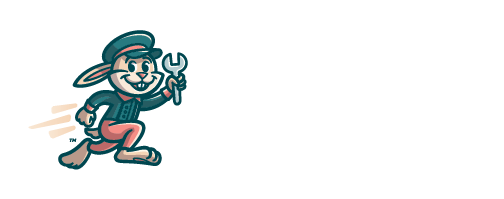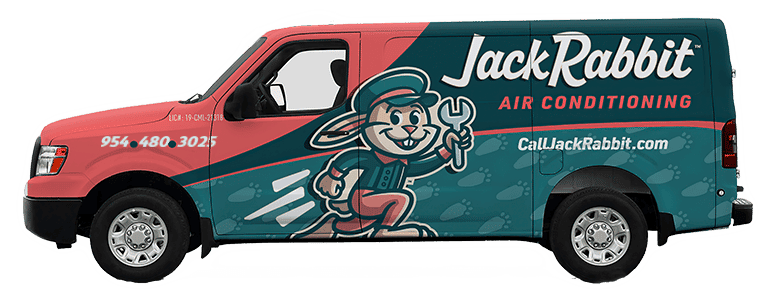5 Star Indoor Air Quality Testing
Reliable IAQ Testing in Tampa, Ocala, Orlando, Fort Myers, and Nearby Areas in Central and Southwest Florida to Detect Hidden Mold and Air Quality Issues
Air quality isn’t only a concern outdoors because more pollutants may be inside your home than most people realize. And, according to the Environmental Protection Agency (EPA), pollutants may be up to five times more concentrated than outside. That’s why we recommend indoor air quality testing as the first step to having cleaner, fresher air.
The air quality services at Jack Rabbit use the latest testing methods to identify pollutants and find solutions to eliminate them. Contact us to schedule your indoor air quality testing and to learn how to rid your home of these harmful contaminants.
Some of the most common and recognized pollutants include tobacco smoke, dust, dust mites, pet hair and dander, and mold spores. However, there are many others to be concerned about. Some of the most common IAQ pollutants we can test for include:
- Harmful mycotoxins from mold
- Volatile organic compounds (VOCs)
- VOCs released by cleaning products
- VOCs from new carpets and flooring
- Chemicals from recently installed upholstery
- Smoke and other byproducts from cooking
- Allergens trapped by carpets and rugs
- Exhaust from fuel-burning appliances
- Compounds from smoke damage after a fire
- Chemicals from air fresheners and bug sprays
- Asbestos (may be in old popcorn ceilings, insulation, and tiles)
- Ammonia fumes from unclean cat litter boxes
How We Determine Poor Indoor Air Quality
The first step to improving indoor air quality is to test the air in your home. By testing your home’s IAQ, we can determine how to eliminate common health hazards. Some of the most important tests include the following:
Indoor Air Quality Meter Testing
We use an advanced IAQ Meter to measure pollutant levels, particle concentrations, airflow, ventilation rates, and other parameters. An IAQ meter can also measure temperature and humidity and detect the presence and concentration of carbon dioxide, carbon monoxide, mold, particulate matter, and VOCs.
Indoor Air Sampling
Carbon monoxide, formaldehyde, lead, radon, dust mites, bacteria, and pesticides, plus nitrogen dioxide and other combustion byproducts, are just some pollutants we can test for. Finding their presence and concentration is crucial. We can then determine the source and find ways to eliminate the problem and protect your household.
Mold Testing – Symptoms of Mold Exposure in Home
Signs of mold in walls include discolored walls, peeling wallpaper, dark stains on tiles, and a stale, musty odor. Symptoms of mold exposure include:
- Allergies
- Congestion
- Throat irritation
- Headache
- Fatigue
- Dizziness
- Shortness of breath




